Today is Vijayadashami!
India is alive with the fragrance of devotion, and the rhythm of prayer as the nine nights of Navratri culminate in Vijayadashmi. Across the land, effigies of Ravana stand tall, only to be set aflame, symbolizing the victory of truth over falsehood, humility over arrogance, light over shadow. Yet beneath the outward festivity, Vijayadashmi is also an inward moment—the completion of nine days of fasting, prayer, and self-restraint, when devotees seek not only the Goddess’s grace but also mastery over themselves.

This year, on the very day that Indians mark this triumph, Jews across the world observe their own holiest occasion—Yom Kippur, the Day of Atonement. It follows Rosh Hashanah, the Jewish New Year, which opens ten days of awe and reflection. On Yom Kippur, the faithful fast, abstain from worldly comforts, and dedicate themselves to prayer and repentance. The prohibitions are five in number—no food or drink, no bathing, no cosmetics, no leather shoes, and no marital intimacy. These are not denials meant to punish the body, but disciplines designed to liberate the spirit. Freed from the clamour of appetite and adornment, one can stand humbly before God, stripped of pretence, open to forgiveness, eager for renewal. As the Torah proclaims: “For on this day shall atonement be made for you, to cleanse you; from all your sins you shall be clean before the Lord.” — Leviticus 16:30
If Vijayadashmi celebrates the slaying of the ten-headed Ravana, Yom Kippur celebrates something similar—the possibility of laying down one’s burdens of guilt, of seeking forgiveness, of beginning anew. At its heart is teshuva—the return: a turning back to one’s truest self, and to God. Just as Hindus believe that the fiercest battle is the one within, Jewish teaching affirms that the greatest victory is the cleansing of the heart and the mending of relationships.
Placed side by side, these two traditions—separated by continents, shaped by centuries of distinct practice—seem to mirror one another. Both insist that the body’s cravings must sometimes fall silent so that the spirit may speak. Both see fasting and restraint not as deprivation, but as the very path to strength. Both proclaim that renewal is possible, that evil can be conquered, that forgiveness can be won.
The coincidence of their meeting this year is more than mere chance; it is a whisper of the universality of human longing. Whether in the solemn hush of the synagogue or the jubilant flames that consume Ravana’s effigy, the message is the same: to live fully is to pause, to reflect, to shed what is false, and to rise again with clearer purpose.
When Vijayadashmi and Yom Kippur fall together, the calendars of two civilizations remind us of a single truth—that the journey of the soul transcends the boundaries of faith. In the quiet of prayer or the blaze of fire, we are all seekers of light. The Brihadaranyaka Upanishad voices this timeless yearning in words that rise beyond faith and rituals,
ॐ असतो मा सद्गमय ।
तमसो मा ज्योतिर्गमय ।
मृत्योर्मामृतं गमय ।
ॐ शान्तिः शान्तिः शान्तिः ॥
(Lead me from the unreal to the real,
from darkness to light,
from death to immortality.
Om, peace, peace, peace.)
(Uday Kumar Varma is an IAS officer. Retired as Secretary, Ministry of Information & Broadcasting)
.jpg)
 Uday Kumar Varma
Uday Kumar Varma 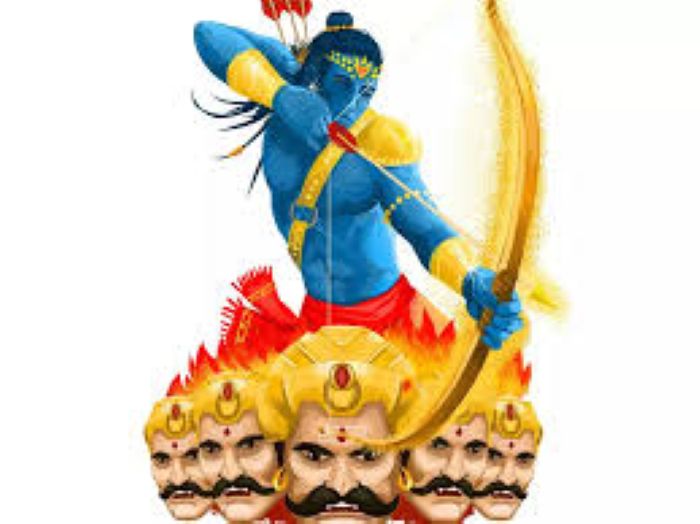



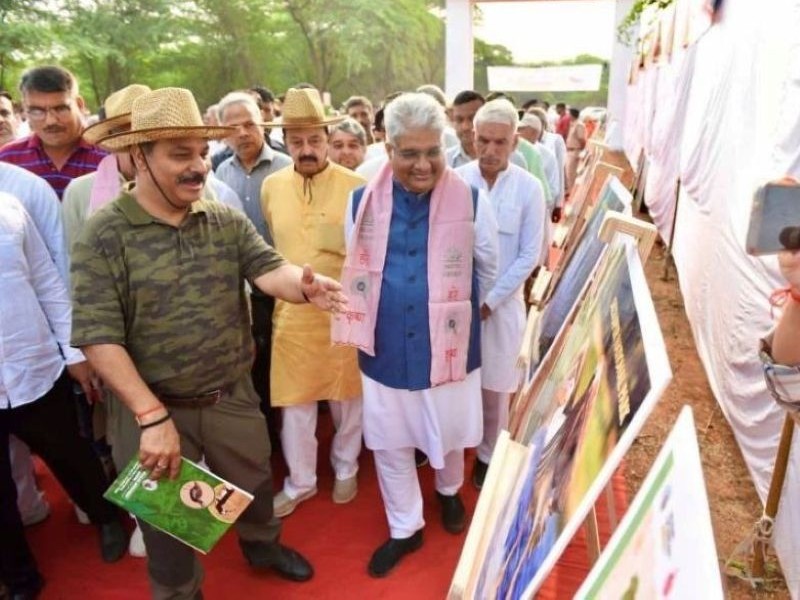
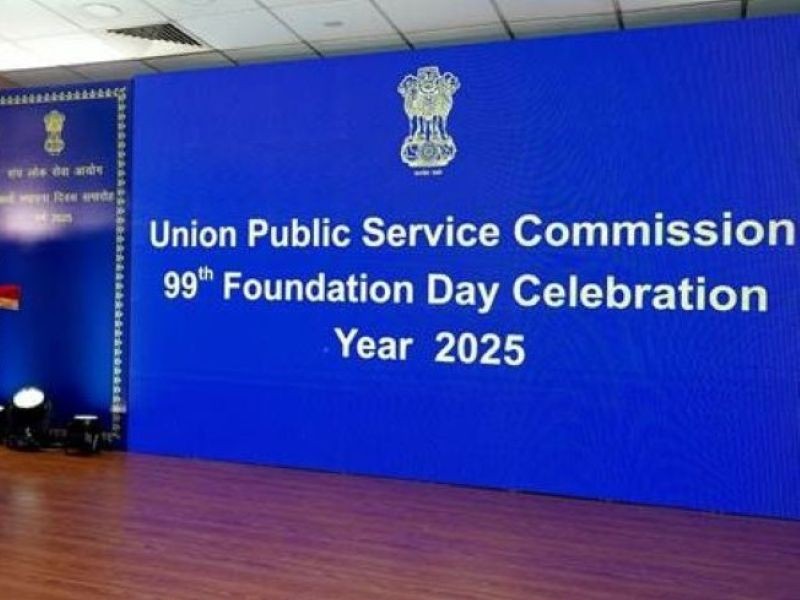
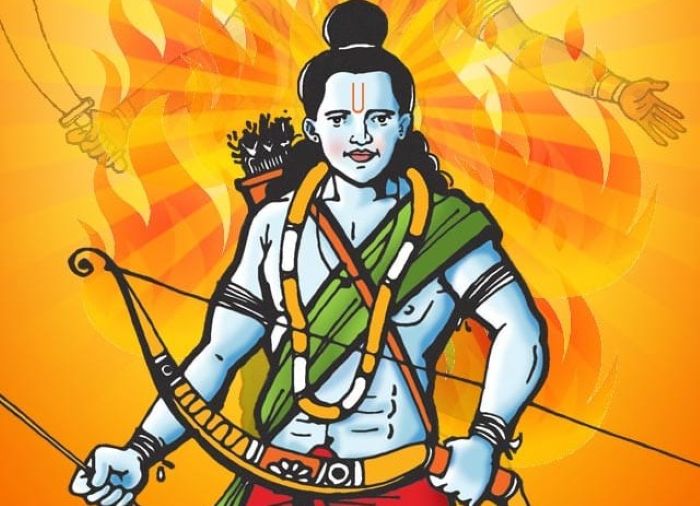
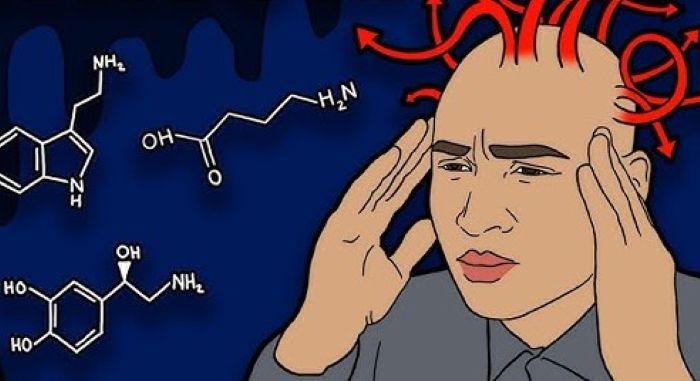

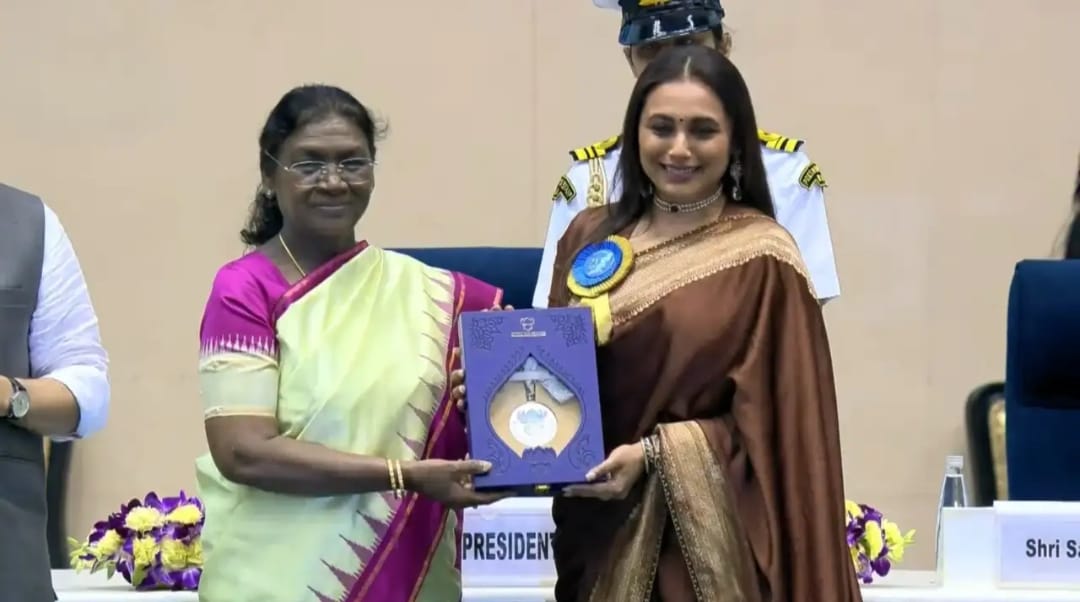

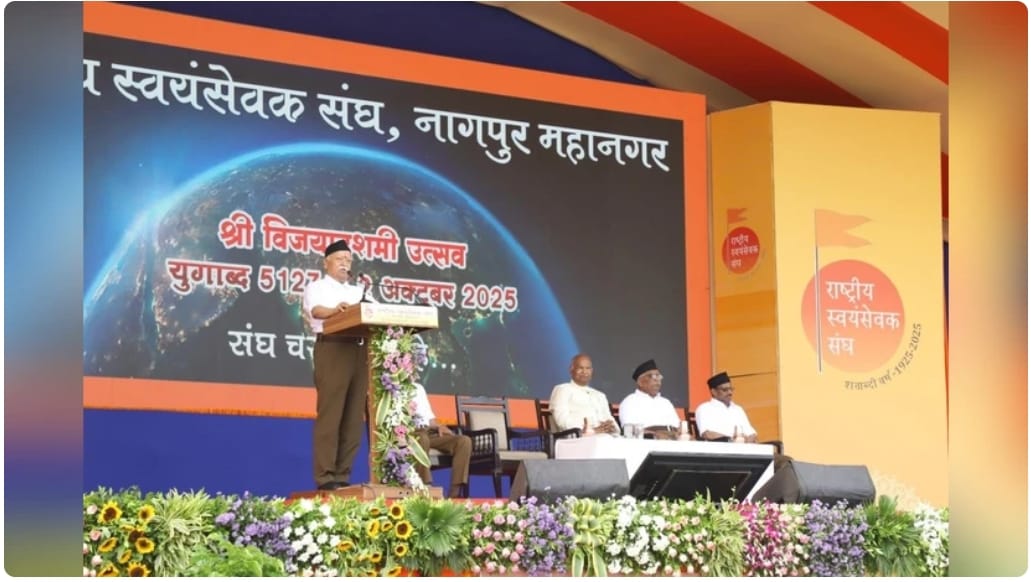
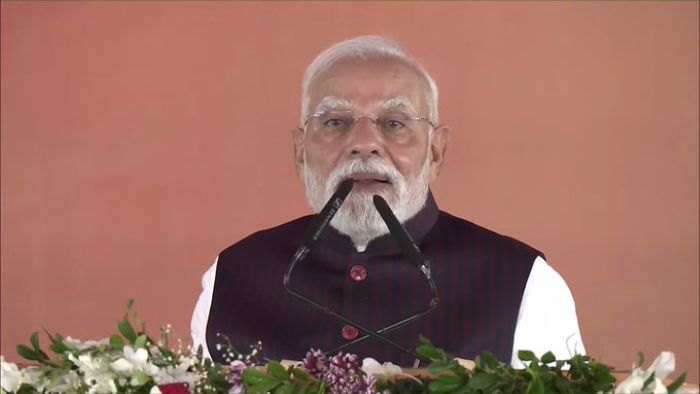


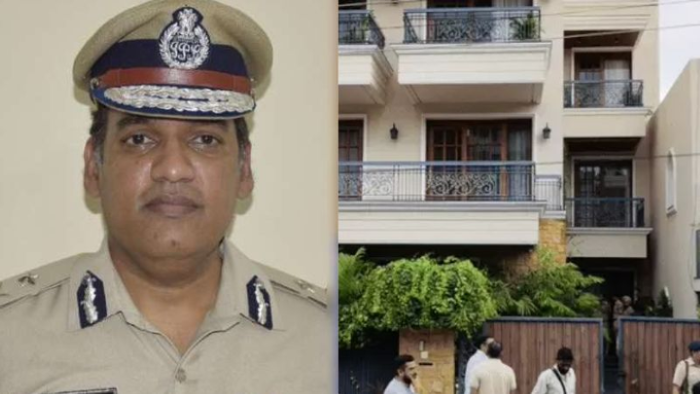
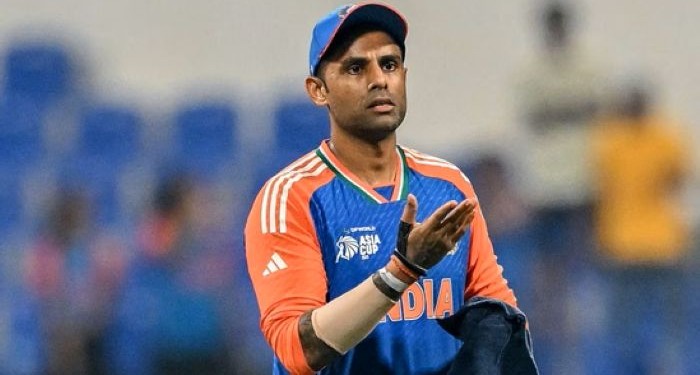
Related Items
GFF 2025: Sitharaman issues directives to boost India’s Fintech firms
FM Sitharaman met US delegation to boost India-US partnership
India’s services growth eases in September as demand cools:PMI